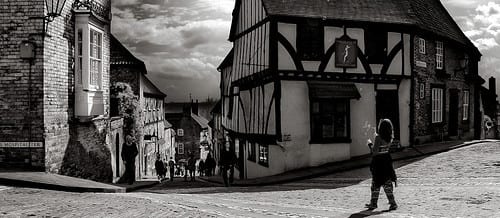So as I said in my last blog that I was going to write about the artists that have sparked an idea for this site specific performance. Those artists are:
- Antony Gormley
- Nele Azevedo
- Do Ho Suh
So this first ‘Inspiration’ blog, I will be talking about is Antony Gormley is known for his works on sculptures all over the world, one of his famous ones is the ‘angel of the north.’ Gormley’s work started to be critically acclaimed in the 1985. The work I will be talking about that relates to my group’s piece is the ‘Field for the British Isles’ where this piece is created by volunteers. Who create their one terracotta figure to place in a room where the room is filled with them, corner to corner, end to end. http://www.antonygormley.com/projects/item-view/id/245#p6
Antony Gormley says “I wanted to work with people and to make a work about our collective future and our responsibility for it” (Gormley, 2014). Where the artwork faces you and makes you responsible for these figures as they constantly stare at you. This feeling makes us think that we are “responsible for the world that it [FIELD] and we were in” (Gormley, 2014).
The idea of figures such as these spread all over the cathedral garden gives it have a dramatic effect from the end of the journey from creating your piece from Pottergate to making sure its ok from the path which we take to the garden to put it in its final resting ground. I feel the dramatic effect that Gormley’s work gives a great effect for our piece to make the garden more a live and gives an impact to the volunteer of a permanent memory and impact on the place, by placing down a part of you and part of your imagination.
As it says in the Site Specific Performance book Pearson puts that a “French archaeologist Laurent Olivier has termed a ‘relationship of proximity maintained regarding places, objects, ways of life or practices that are still ours and still nourish our collective identity’” (Pearson, 2010,43). By bringing the idea of our sites into a performance that gives an impact on the place but also gives it nourishment to our piece. That make us feel what we are doing to our sites makes it feel like ours for a day and hopefully to the volunteers as well. It shows the “relationship between material culture and human behaviour” (Pearson, 2010, 44) as these places are neglected and should be given back to the public, like they were back in their day then being in the background. With making a performance with salt dough figures and making a path between the hidden gems (Pottergate and The Cathedral Garden) it does make the work look back at you, as this piece is a simple figure of you, created by you, looked after by you, carried by you and placed down by you. It gives you a connection to you to the piece, giving that feeling of responsibility.
References
Gormley, A. (2014) Field, 1989 – 2003. [online] London: Antony Gormley. Available from: http://www.antonygormley.com/projects/item-view/id/245#p0 [Accessed on 19 April 2015].
Pearson, M (2010) Site-Specific Performance. 1st Edition. Basingstoke: Palgrave Macmillan.
